Cornrow braids are a timeless and flexible hairdo that is popular all over the world. Cornrows are lauded for their endurance and style. Still, the removal process is equally important to prevent hair damage, breakage, and even hair loss resulting from improper removal. How to remove cornrow braids correctly, which is a critical skill to master. This essay will take you through a step-by-step process for doing so securely and effectively, ensuring the health of your hair remains intact after the cornrows are removed.
What You Need
Before you begin the removal process, make sure you have the following tools and products on hand:
● A wide-tooth comb
● Hair oil (coconut, olive, or almond oil are good options)
● Leave-in conditioner
● A spray bottle filled with water
● Hair clips
● Patience and time
Understanding Cornrow Structure
Cornrows are made by braiding hair near the scalp with an underhand, upward motion to form a continuous, elevated row. Depending on personal preference, they might be straight, follow a pattern, or feature designs. Understanding this will help you comprehend the importance of using a careful touch when taking them out.1. Basic Structure
Cornrows are formed by dividing the hair into sections, which can be squares, rectangles, or even curves, depending on the desired pattern. Each section is braided tightly against the scalp in an underhand motion, which creates a raised braid. The cornrow braid begins near the forehead and continues along the scalp until it reaches the nape of the neck or, in some styles, the crown of the head.
2. Braiding Technique
The technique used in cornrow braiding is quite distinct from other types of braiding. The braider begins with a small section at the start of the row, dividing it into three strands. They add more hair to each strand as they braid, incorporating hair from the unbraided section into the cornrow braid. This technique is sometimes called "pick-up braiding" or "feed-in braiding" because additional hair is picked up from the scalp with each weave.
3. Tension and Scalp Health
One of the critical aspects of cornrow structure is the tension applied. Although braids must be tight enough to fit securely against the scalp, too much stress can induce traction hair loss, which is hair loss caused by tension on the hair. Therefore, a skilled braider must apply just enough tension to keep the braids neat without causing undue stress on the hair and scalp.
4. Cornrow Patterns
The pattern of cornrow braids can range from very simple to extremely elaborate:
Straight lines: The most traditional pattern, where cornrow braids run parallel from the forehead to the nape.
Curved lines: These can follow the shape of the head or create designs.
Zigzags or crisscross patterns: These can be used to create intricate styles with significant cultural meaning.
Circular or spiral patterns: Start from a central point and work outwards in a circular motion, often creating a crown-like effect.

Pre-Removal Tips
Preparing your hair and scalp before you begin is critical, so make sure it's hydrated and as detangled as possible. It's also important to set aside enough time so you don't feel tempted to rush through the process, which could result in extra hair breakage and irritation.
Step-by-Step Removal Guide
1.Moisturizing the Braids
Begin by softly misting your hair with water. This will soften the hair and make removing the cornrow braids easier. After that, apply a generous amount of hair oil or leave-in conditioner. These items will create slides necessary to reduce friction and prevent breaking during removal.
2.Loosening the Ends
Using your fingers, carefully loosen the braided hair at the end of the cornrow. If your cornrows are held in place with hairbands, carefully remove them with scissors, taking care not to snip your own hair.
3.Unraveling the Braids
Once the ends are loose, untangle the cornrow braid with a wide-tooth comb. Begin at the very bottom of the cornrow braid and gradually work your way up to the roots. Patience is essential here; haste might result in snags and damage. Each braided wig is crafted with precision and care, echoing the cultural significance and beauty of braided hairstyles. By choosing uBraids, you are not just purchasing a wig; you are embracing a brand that stands for quality, style, and the appreciation of braiding artistry. Our wigs offer the perfect solution for those looking to protect their natural hair while still enjoying the elegance of braids.
4.Detangling as You Go
As you unravel each cornrow braid, you'll likely encounter tangles. Gently comb through the tangled parts with your fingers or a wide comb. If you come across a really tough knot, add additional oil or conditioner to help detangle it.
5.Addressing Build-Up
When you remove your braids, you may find product build-up or lint at the base of the cornrows. This is typical, especially if your cornrow braids are in for a long time. Gently comb out the debris, and don't worry if you notice a lot of hair coming out; this is simply the natural hair you shed every day but hasn't had a chance to fall out due to the braiding.
6.Scalp Care
After all the cornrow braids have been removed, cleaning your scalp is important to remove any remaining product build-up. Use a gentle sulfate-free shampoo followed by a hydrating conditioner. Consider doing a scalp massage to stimulate blood circulation and promote hair health.
Post-Removal Hair Care
Your hair will require care once your cornrows have been removed. To replace moisture, give your hair a deep conditioning treatment. If you find split ends or single-strand knots, you should get your hair trimmed to keep it healthy. Allow your hair to rest for at least a week or two before braiding it again to avoid stress on your hair follicles. At uBraids, we prioritize the health and well-being of our customers' hair. That's why our products, from the glueless HD lace wigs to the full lace cornrow designs, are made with top-tier materials that safeguard the natural hair underneath. 
Common Mistakes to Avoid
● Pulling too hard: This can cause breakage. Always be gentle with your hair.
● Not using enough moisture: Dry hair is more susceptible to damage. Keep your hair well-moisturized throughout the process.
● Rushing the process: Take your time to prevent unnecessary damage.
FAQs
Q: How long should it take to remove cornrow braids?
A: The required time may vary depending on the length and complexity of the cornrow braid, but you should leave at least a few hours to ensure that you are as gentle as possible.
Q: Can I keep my braid for washing my hair?
A: Yes, you can wash your hair in a cornfield, but it takes a gentle touch and a thorough drying process to avoid mold or odor growth in the cornrow braids.
Q: How often should I let my hair rest between braiding?
A: Let your hair rest for at least 1-2 weeks between braiding sessions to prevent tension and stress on your hair and scalp.
Conclusion
Removing cornrow braids is time-consuming and requires patience, the right tools, and a gentle approach. You may maintain the health and integrity of your hair by following the methods mentioned and caring for it before, during, and after removal. Remember, the key to successful cornrow removal is to work slowly, use plenty of moisture, and be gentle with your strands.uBraids, a brand under the JALIZA Online Wig Store, understands the intricacy and care involved in both creating and maintaining braided hairstyles. Our premium selection of braided and cornrow wigs is designed to offer the same sophisticated look and feel as traditional cornrows and braids, with the added convenience and versatility of a wig.
The detailed craftsmanship of uBraids wigs allows for a seamless blend with natural hairlines, thanks to the exclusive use of human baby hair and high-definition lace. This ensures our customers enjoy a highly realistic appearance with minimal effort, providing an alternative to traditional braiding that can be styled, removed, and cared for with ease.

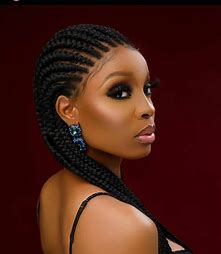
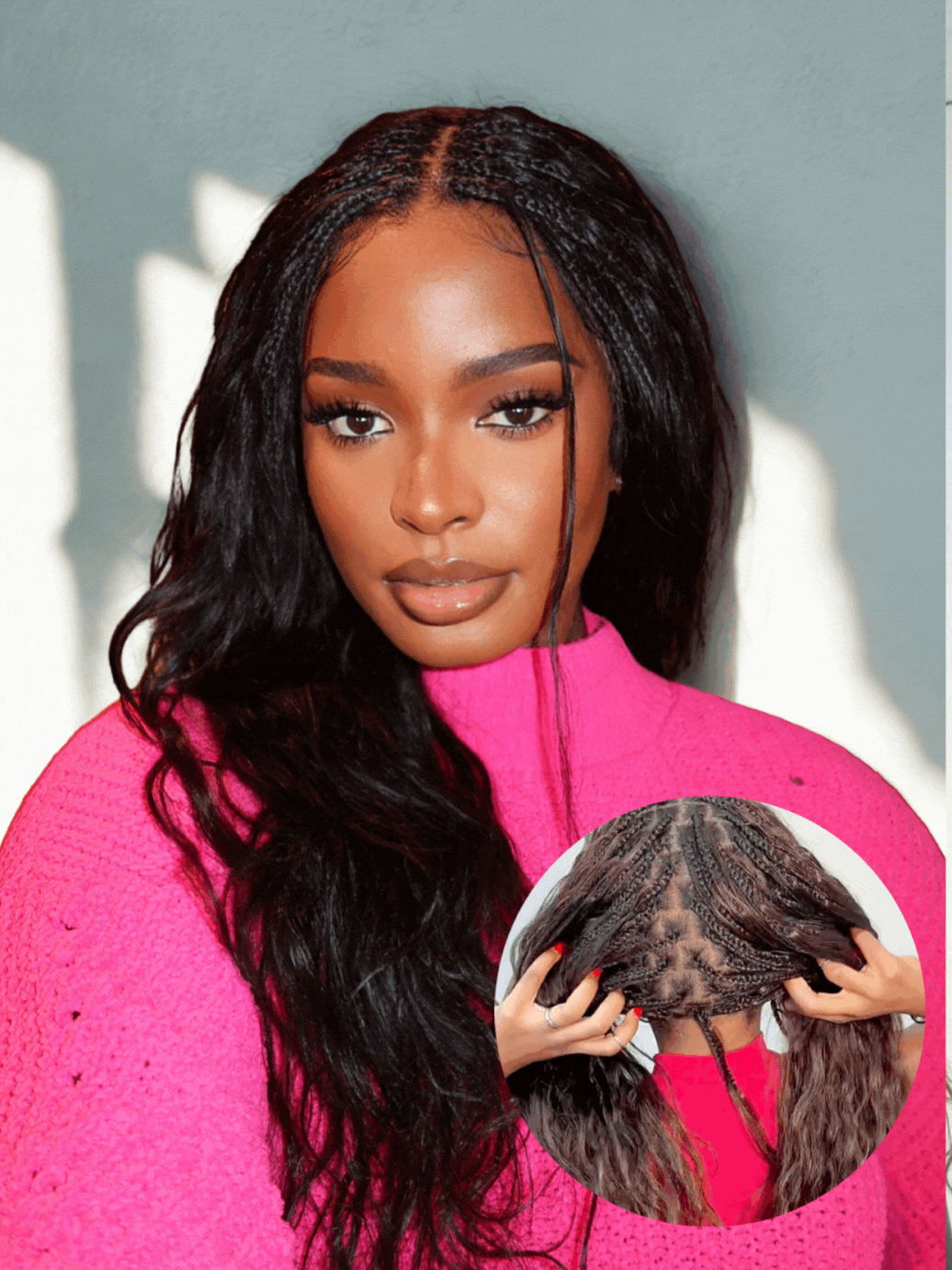
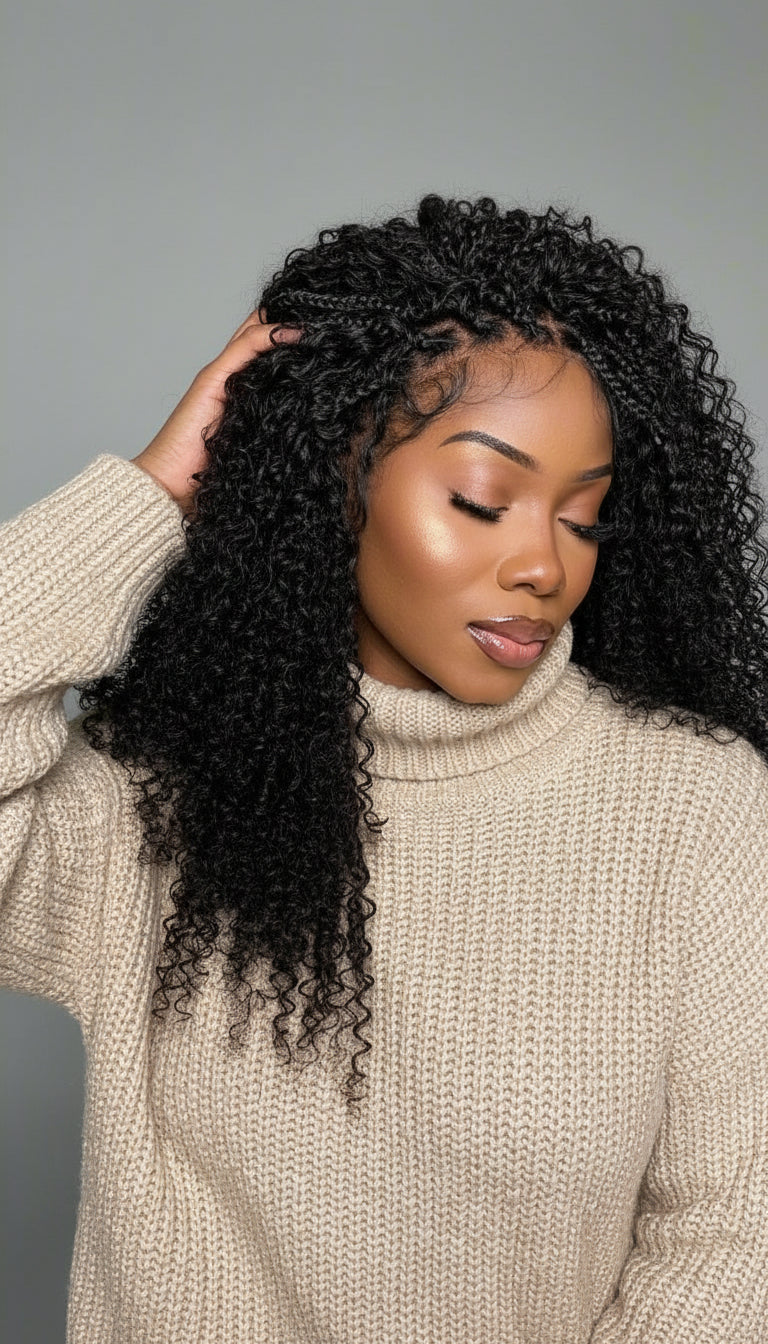
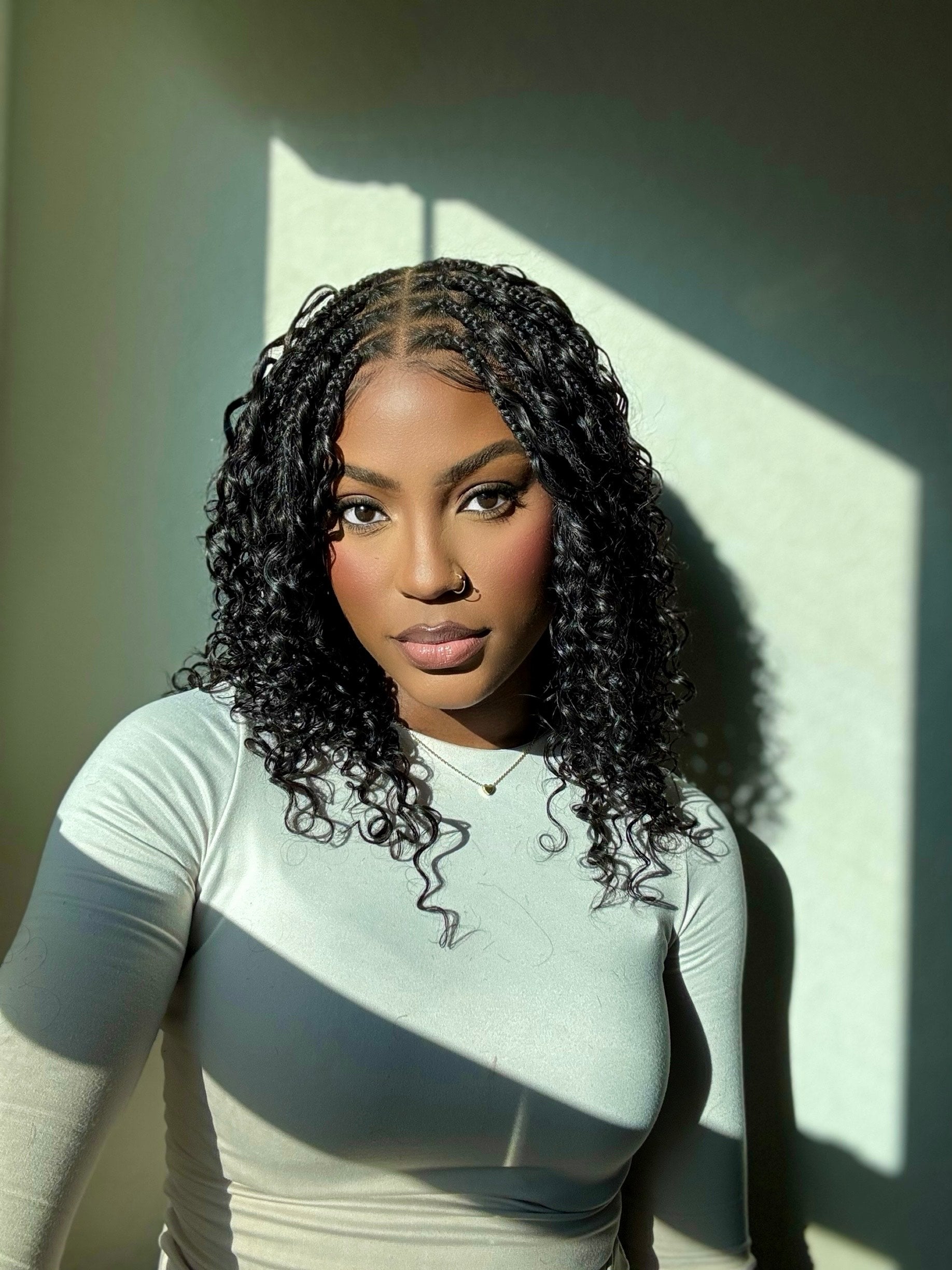
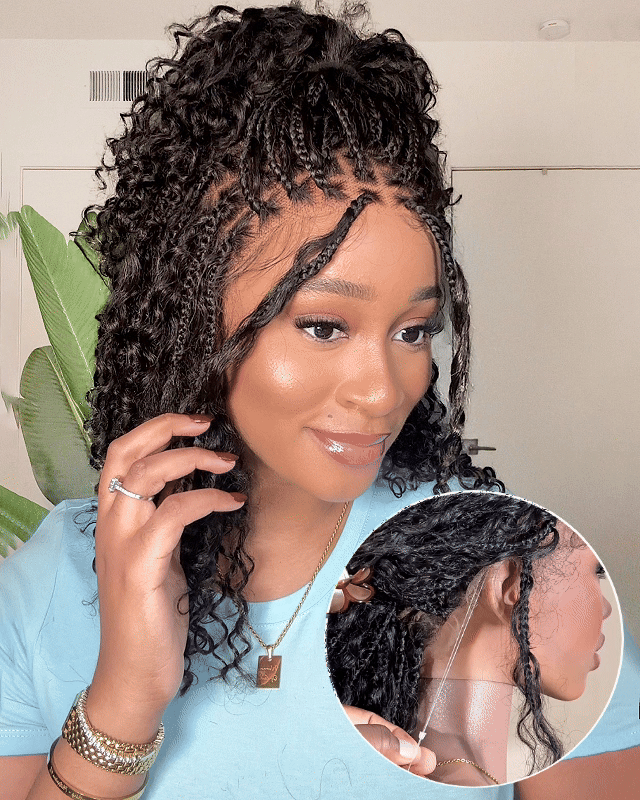
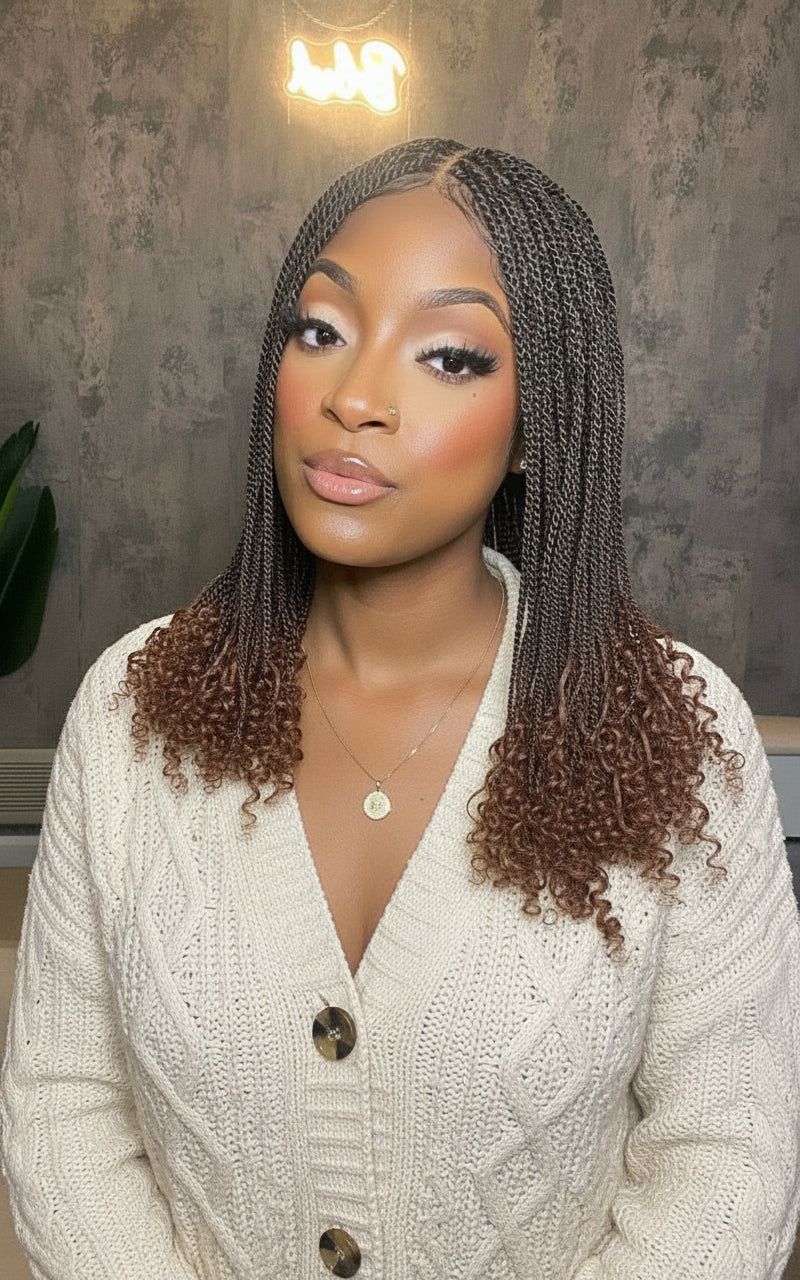
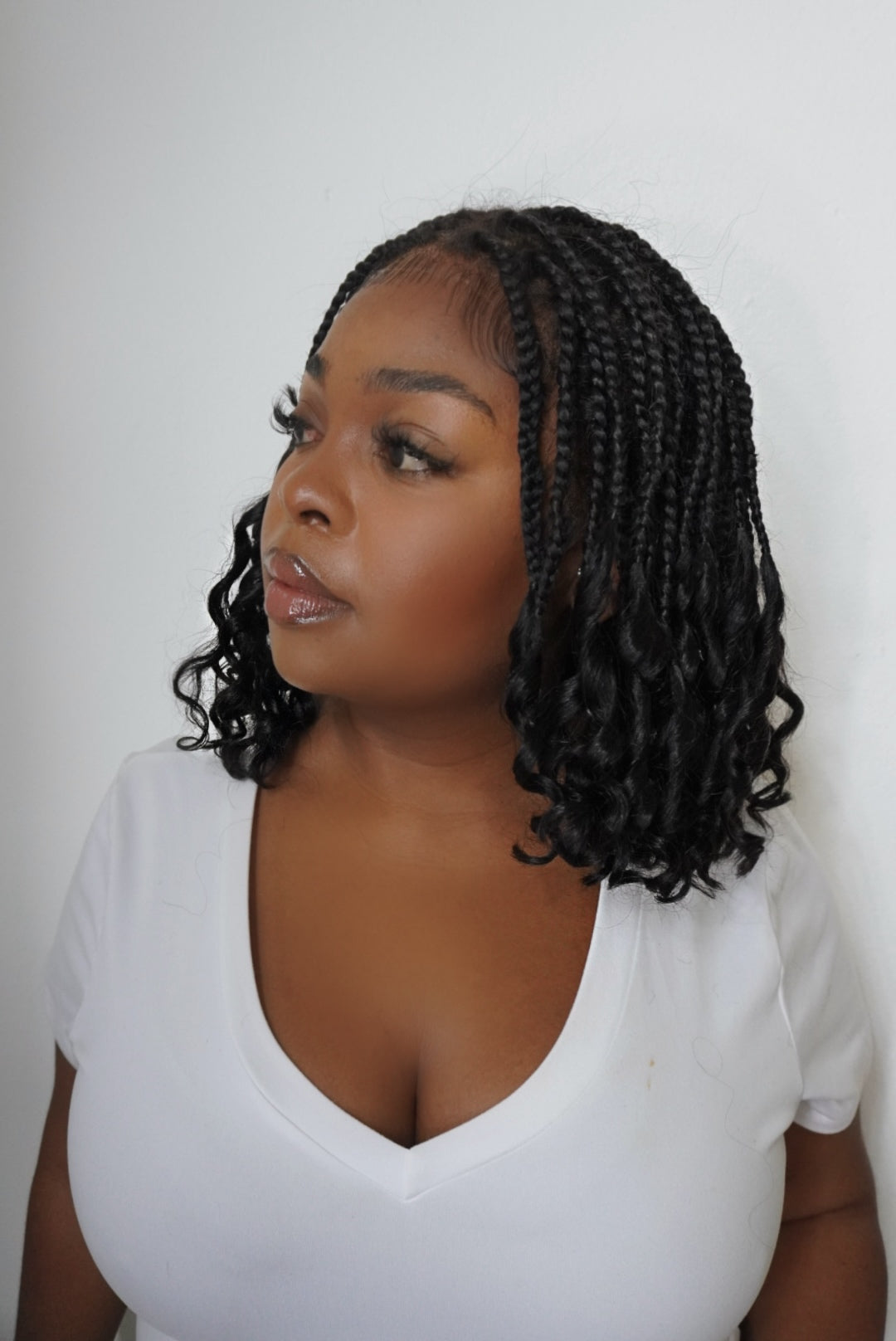
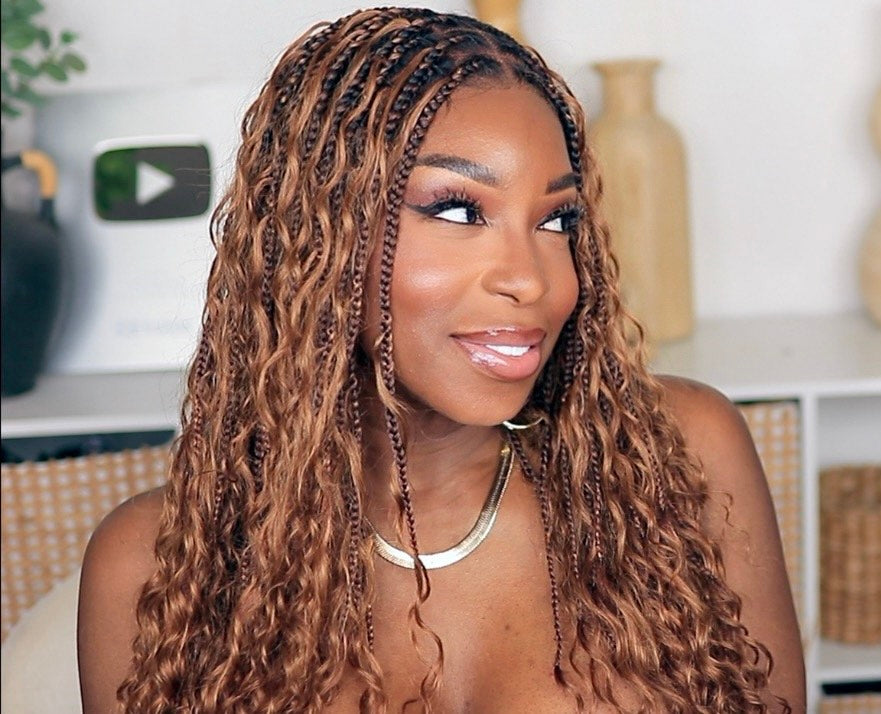
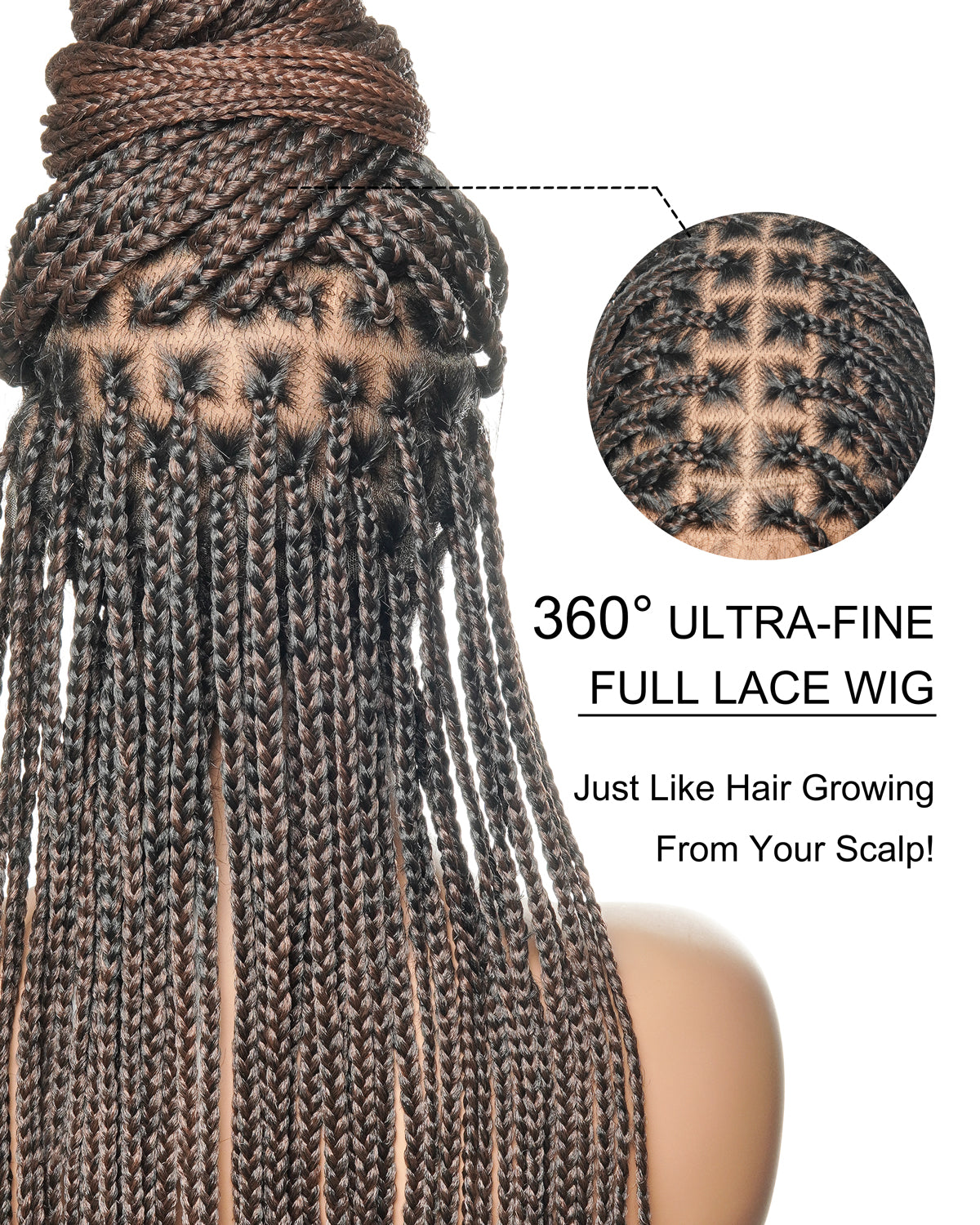
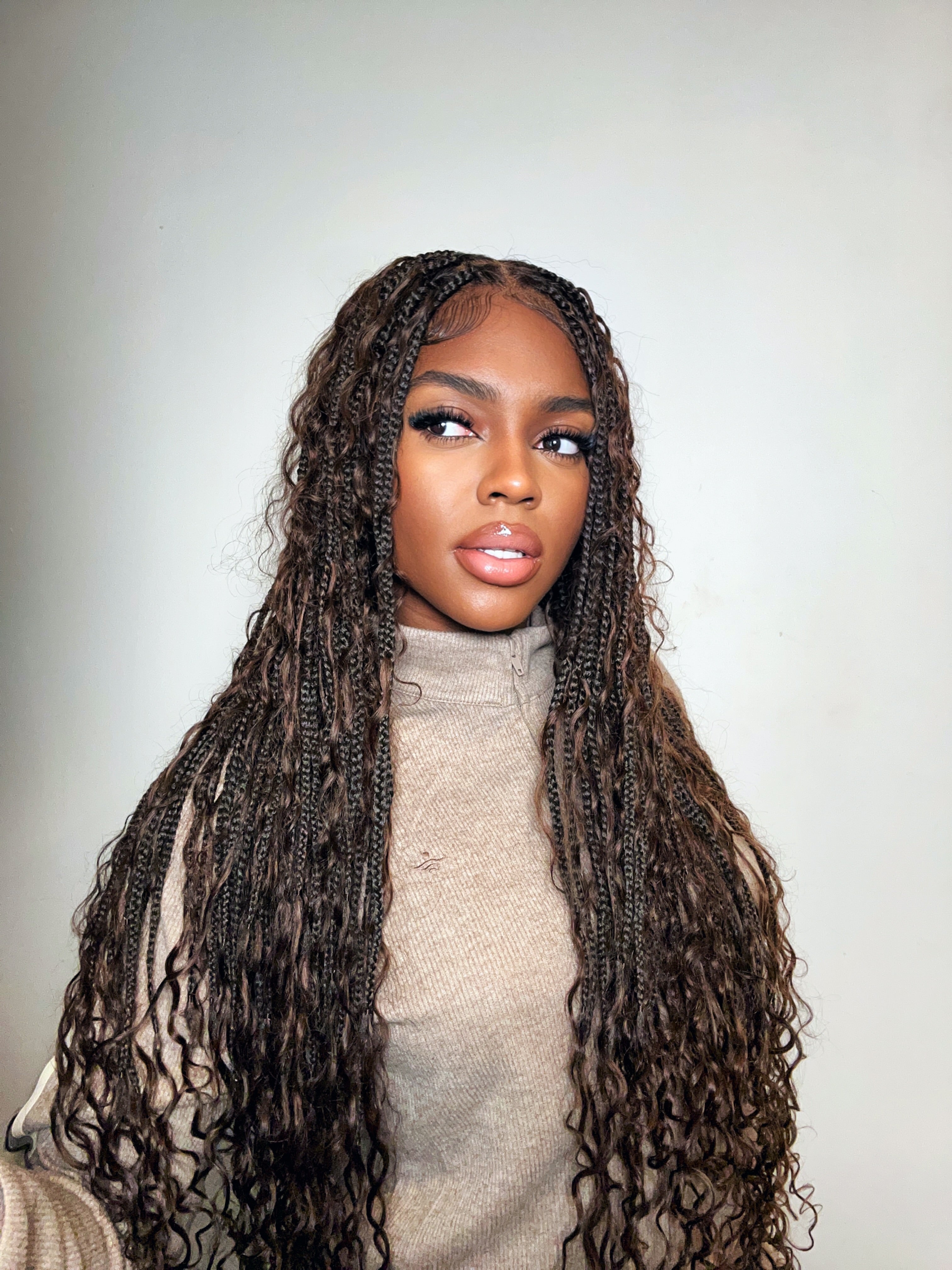

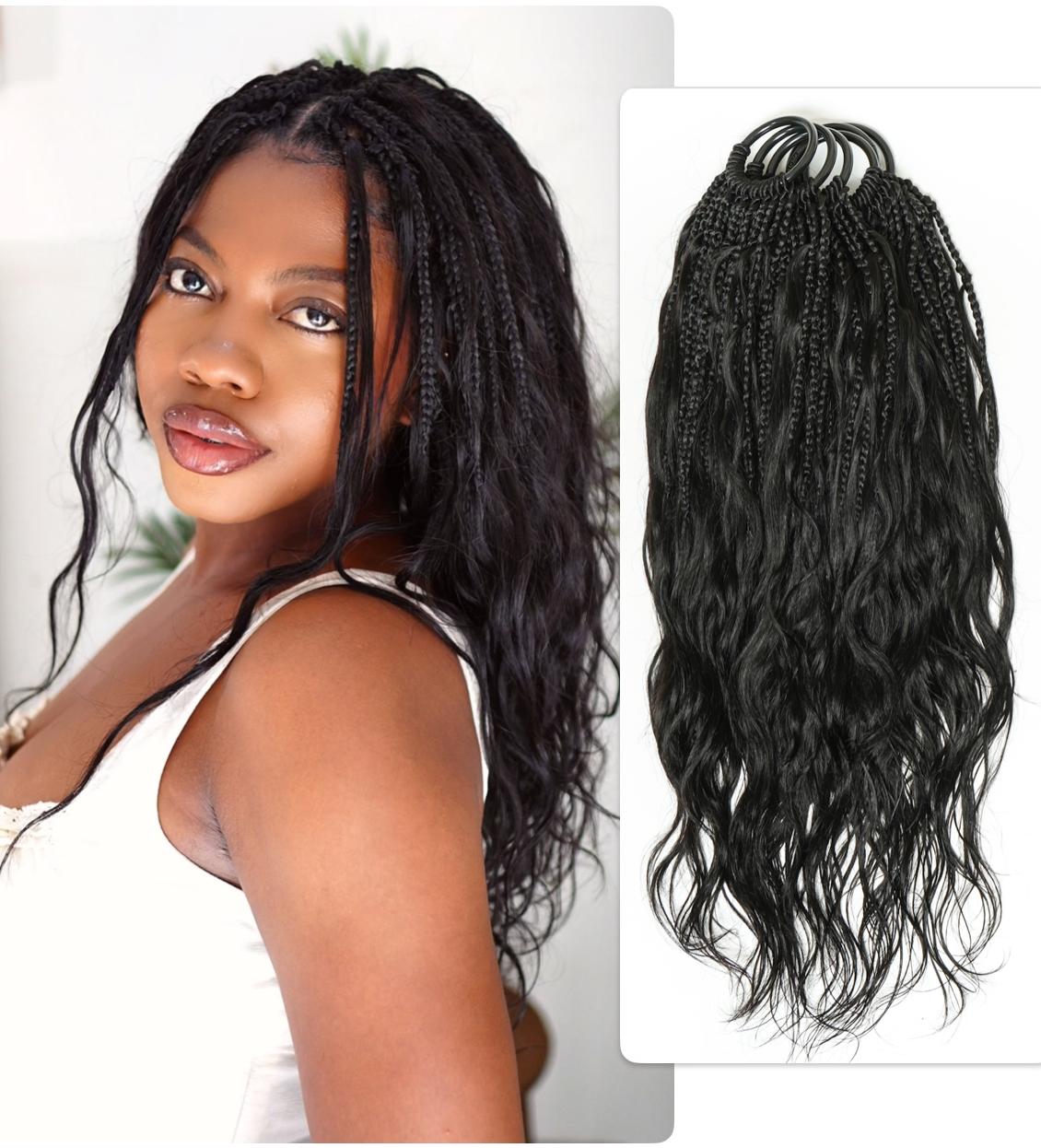
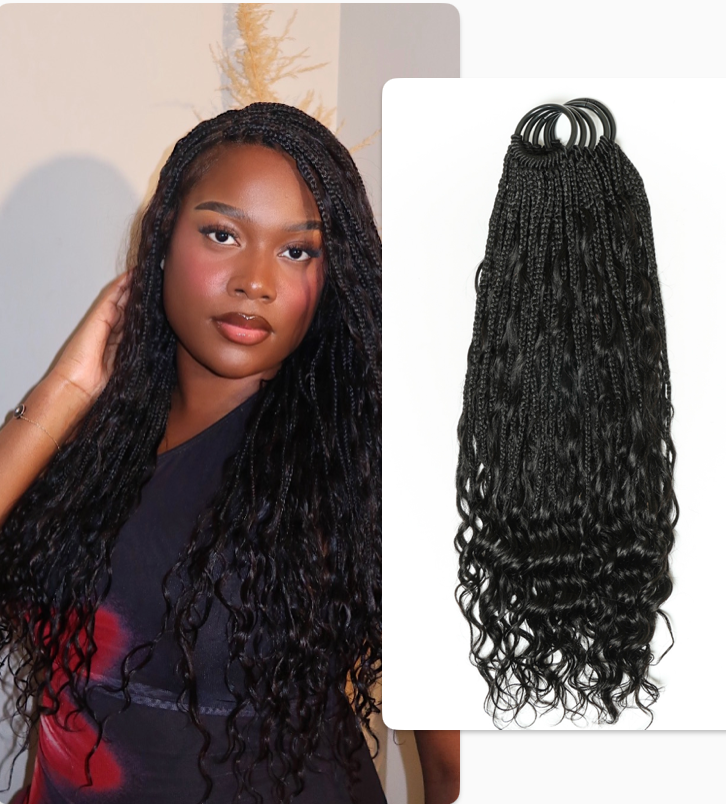
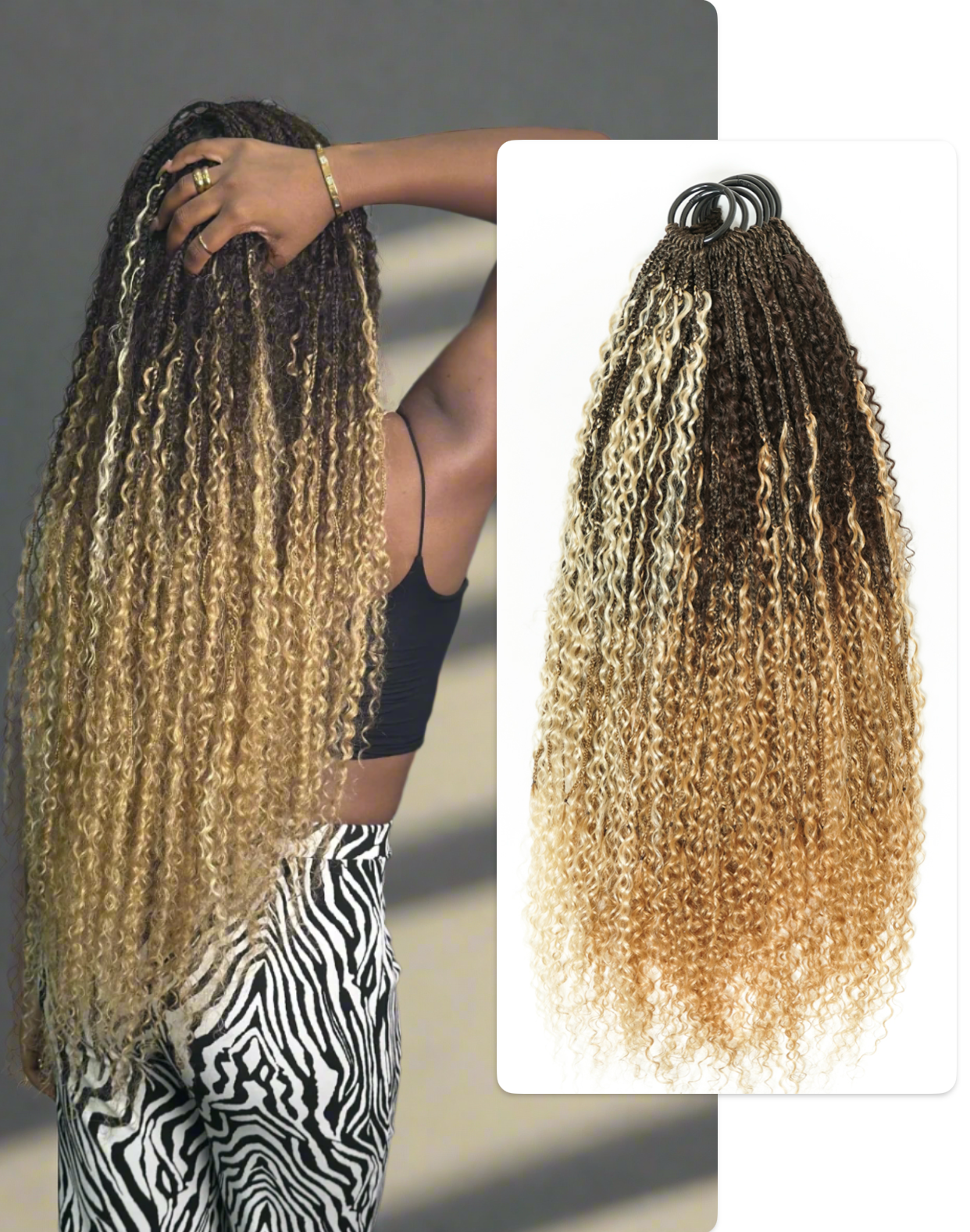
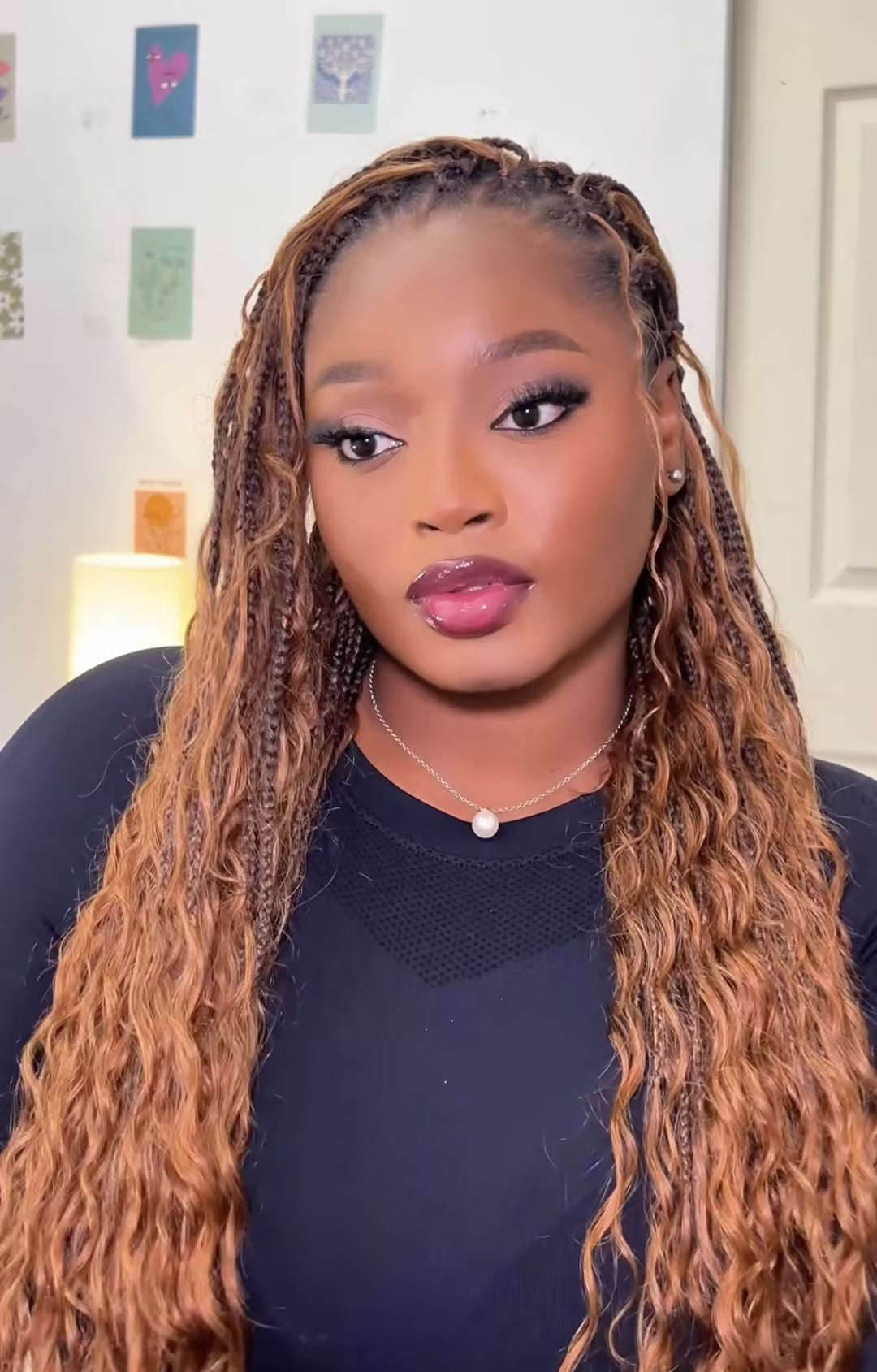
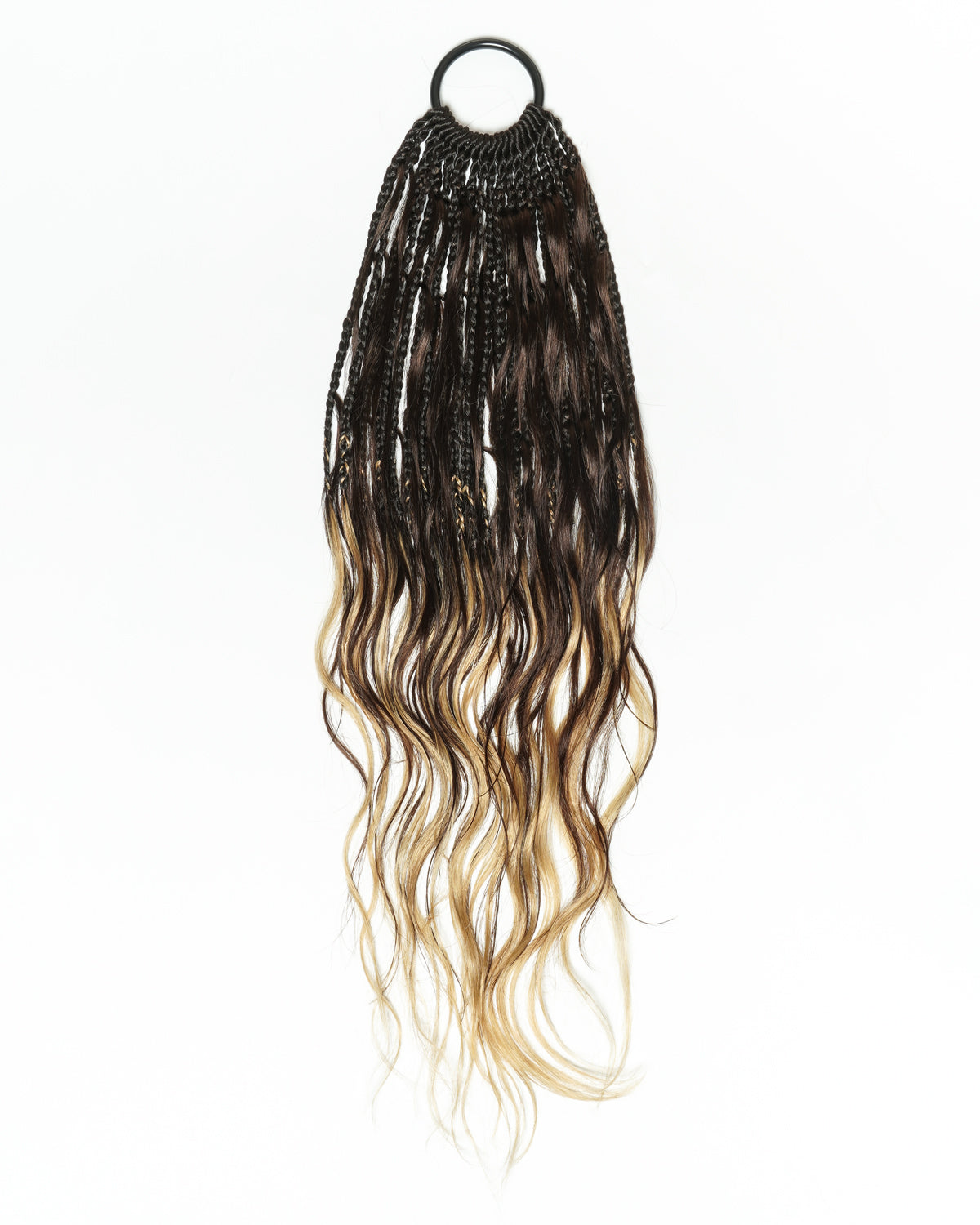
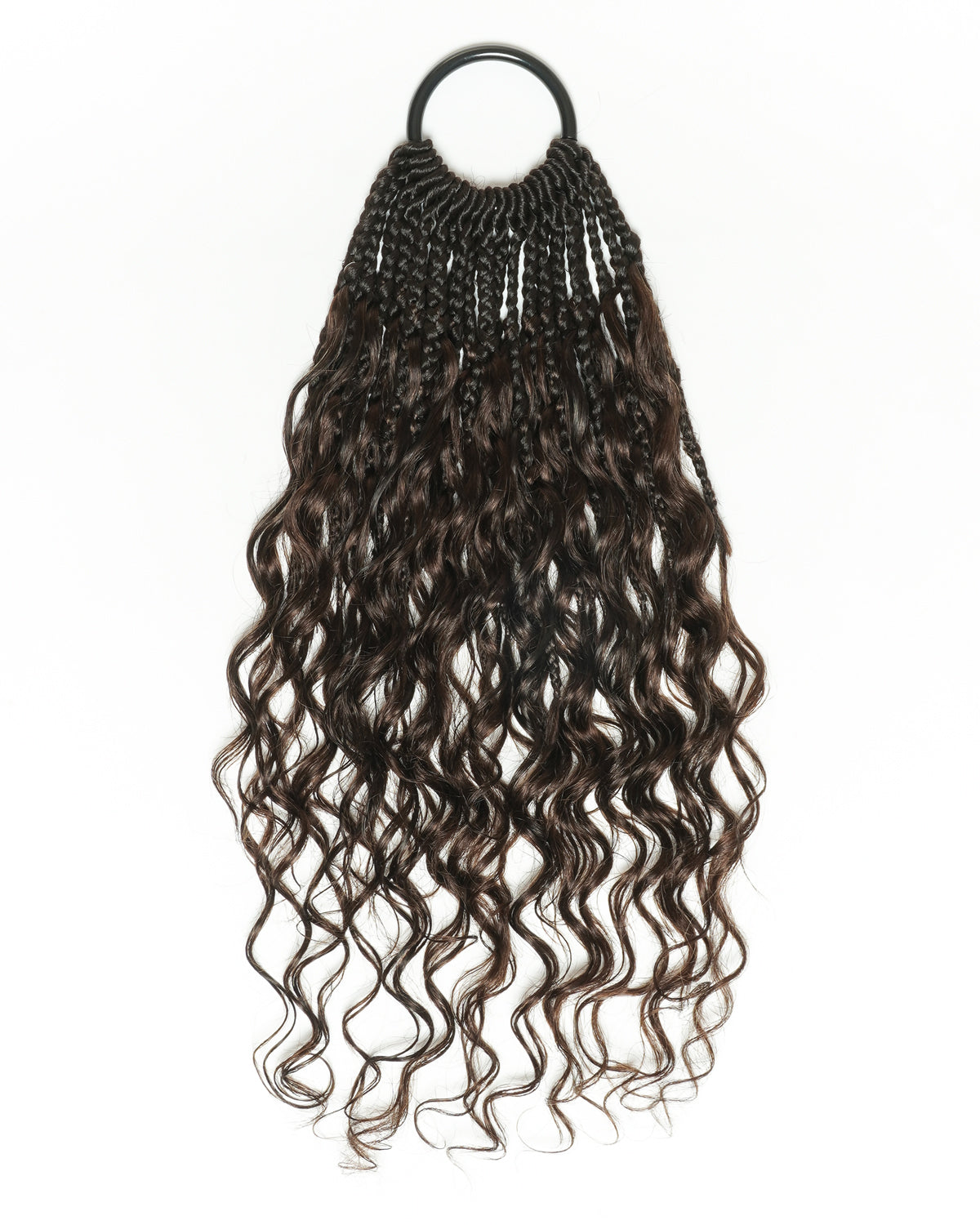
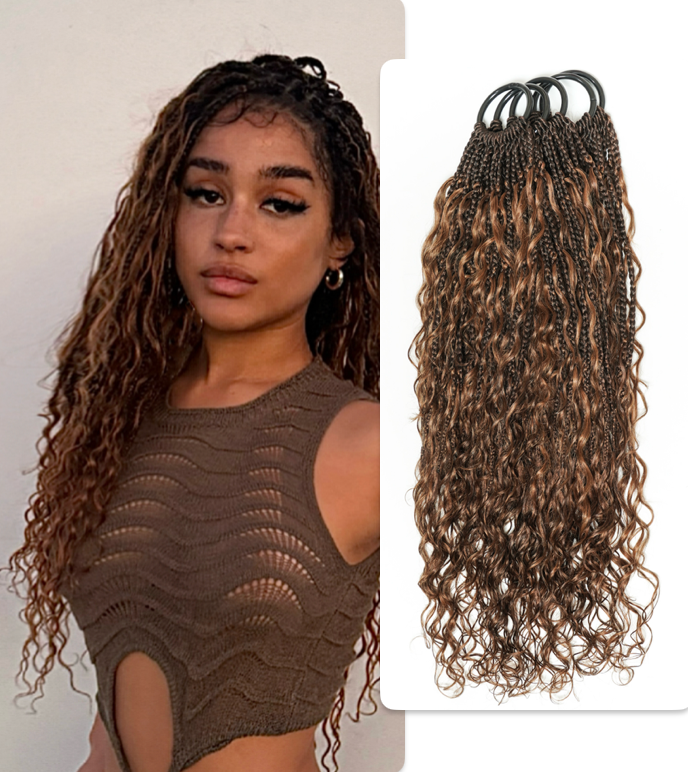
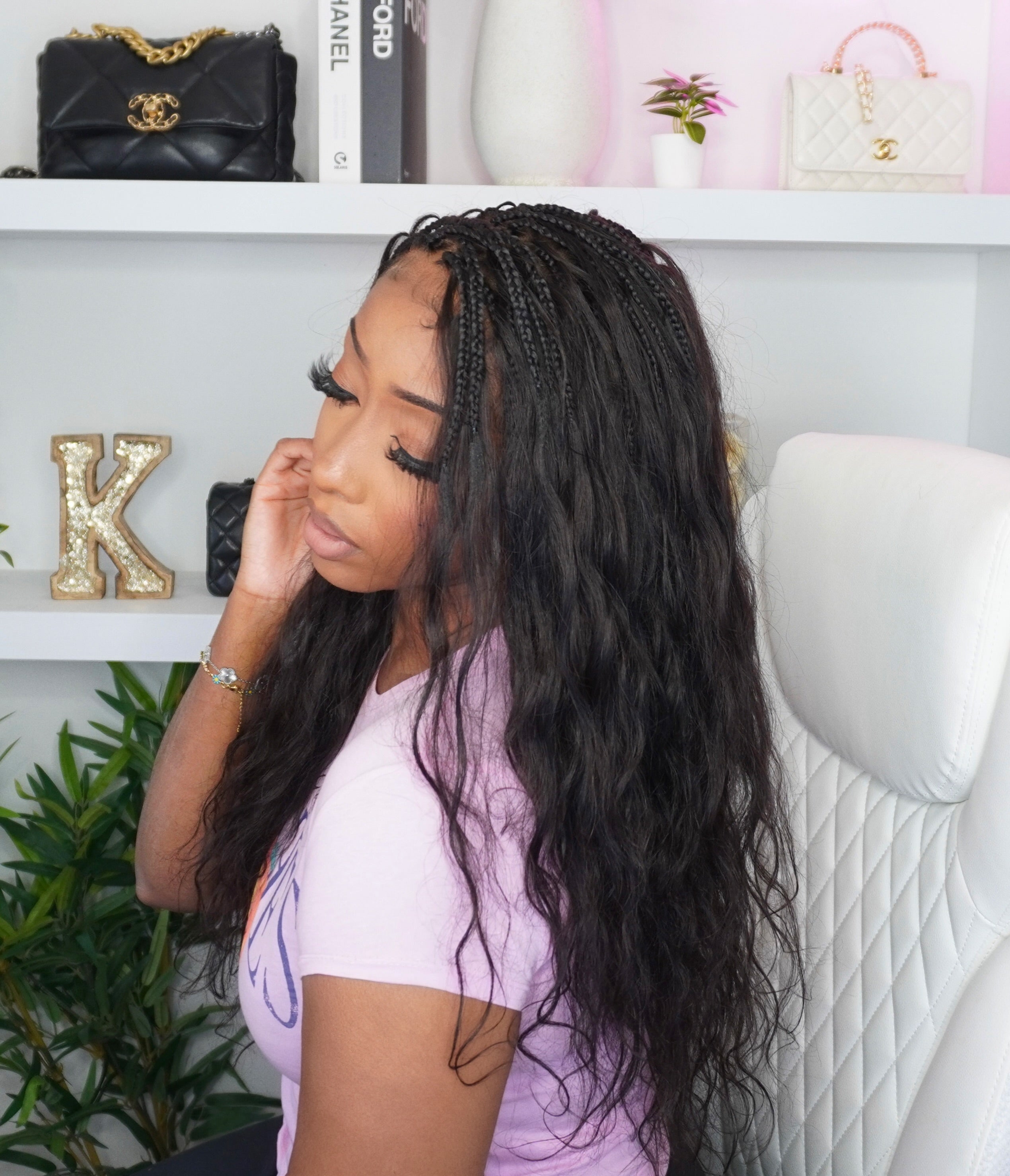

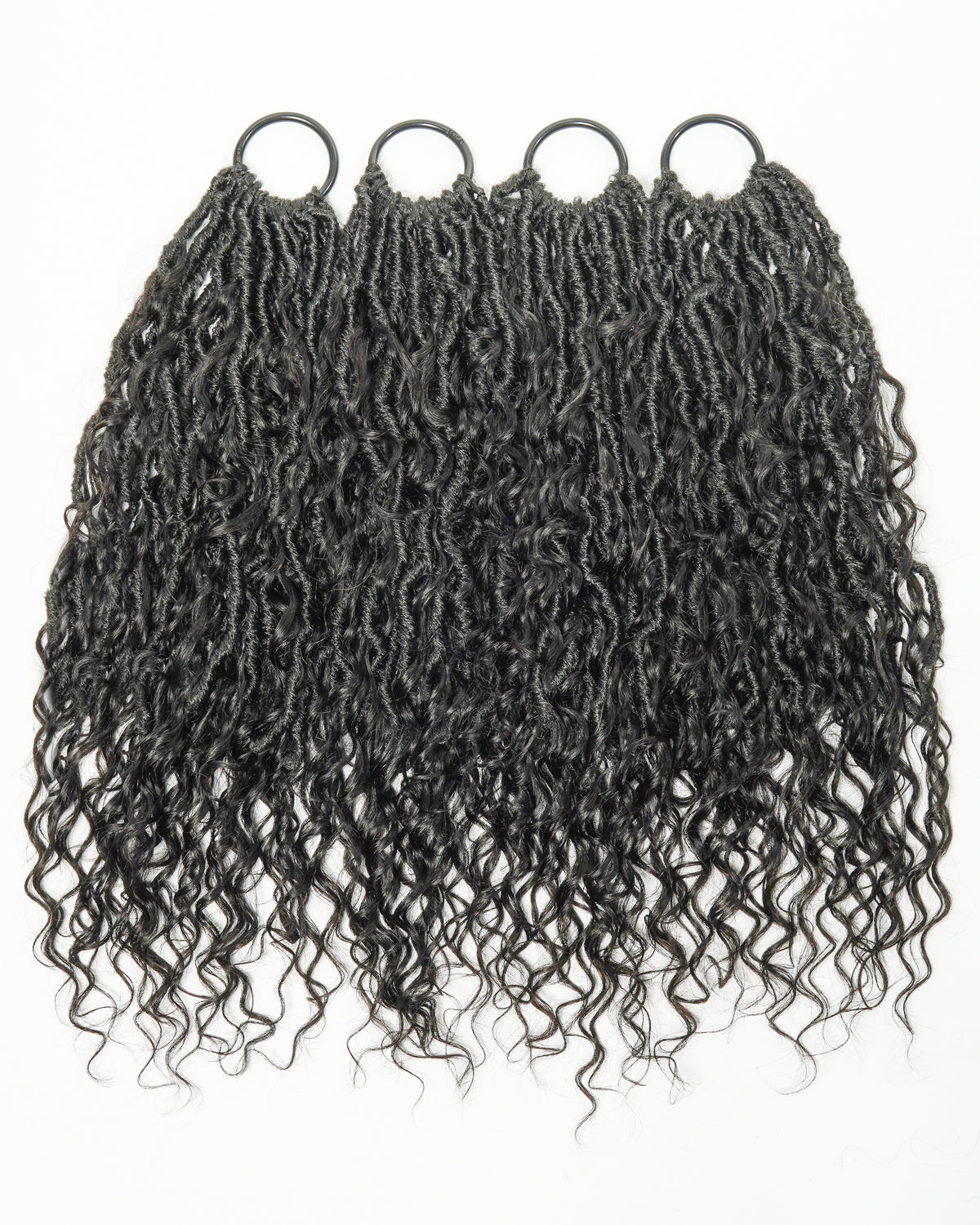
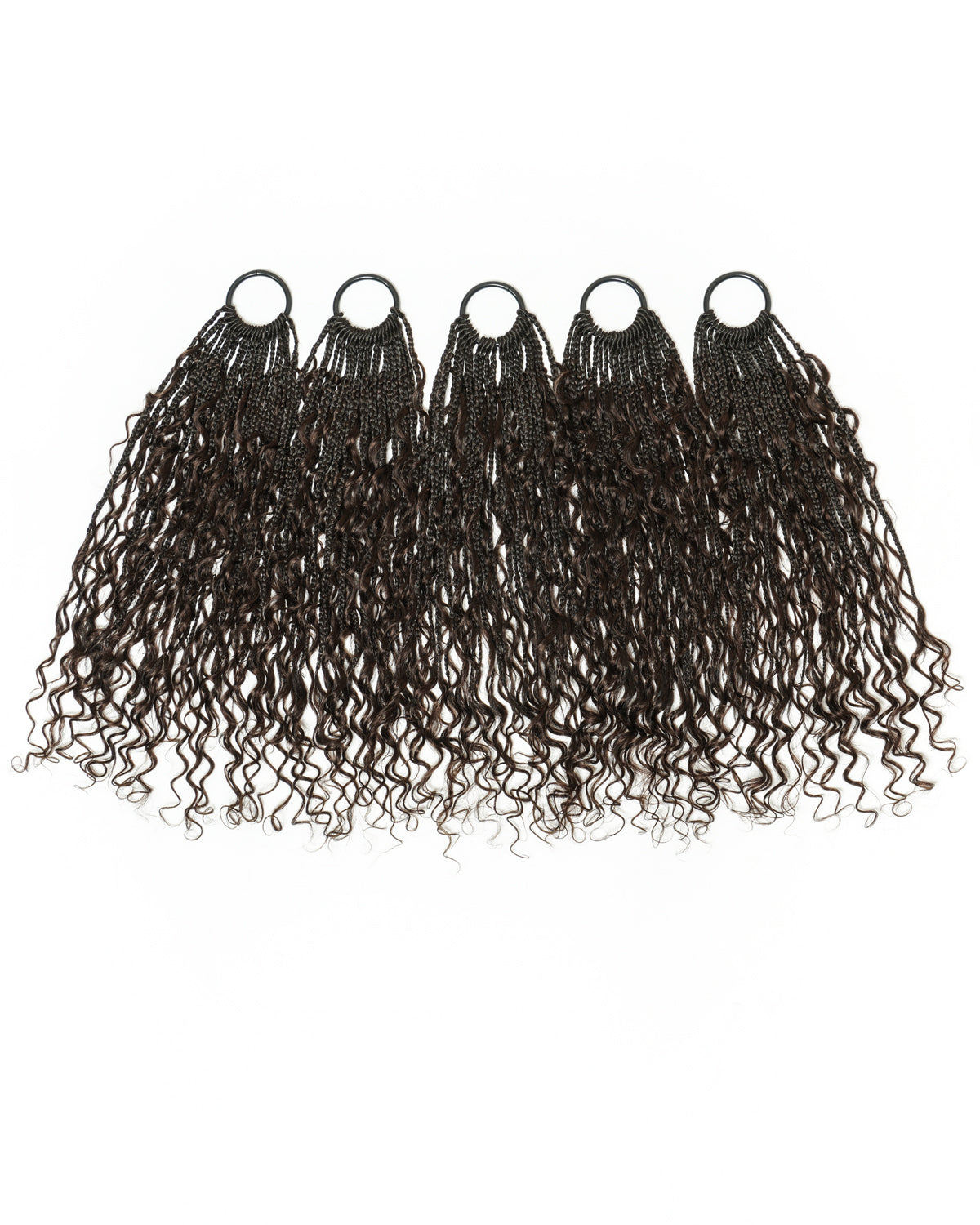
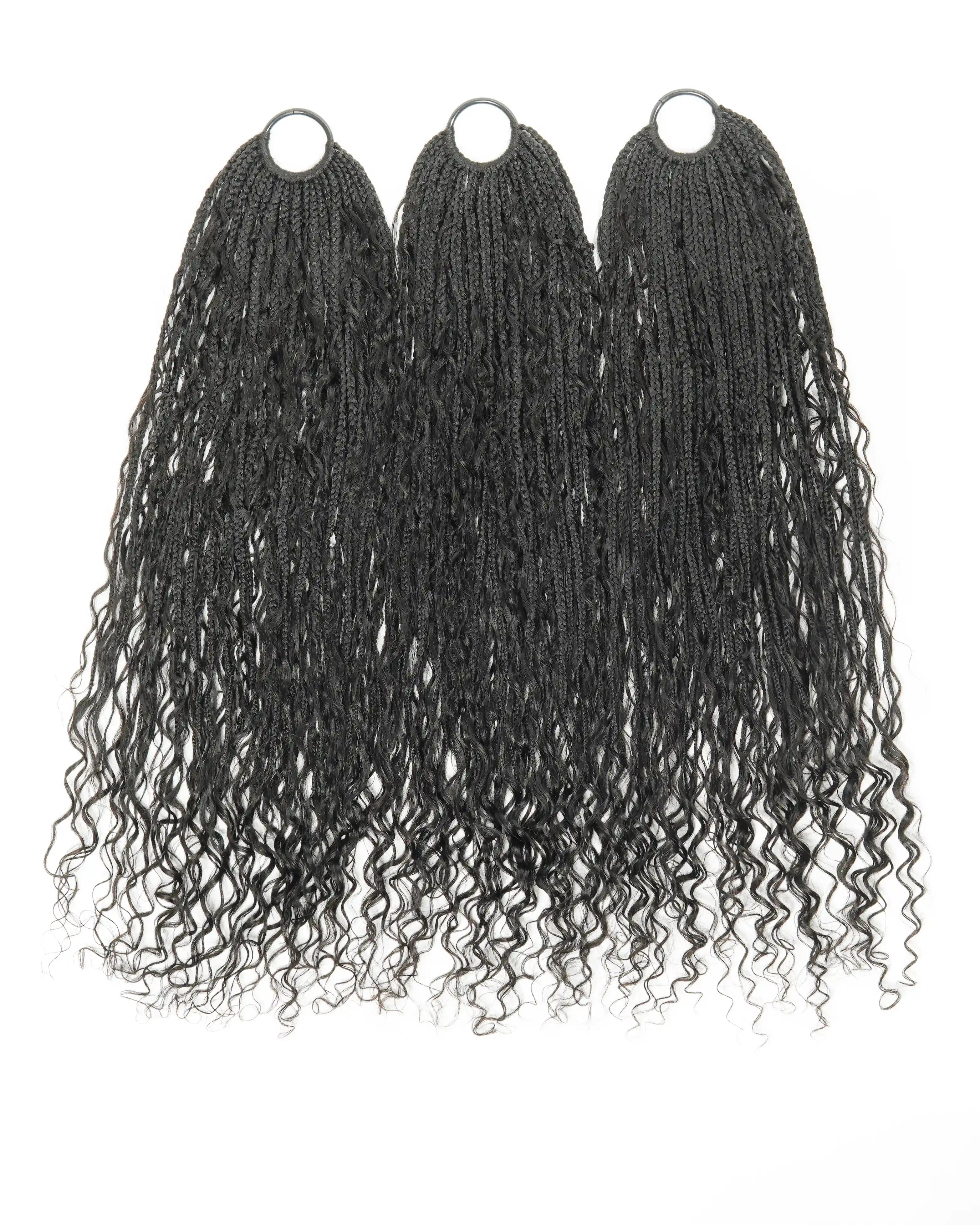
Share:
Mastering the Art of Locs Braided Wig Care and Maintenance
Unraveling the Variety: An Overview of the Different Types of Locs Braided Wigs